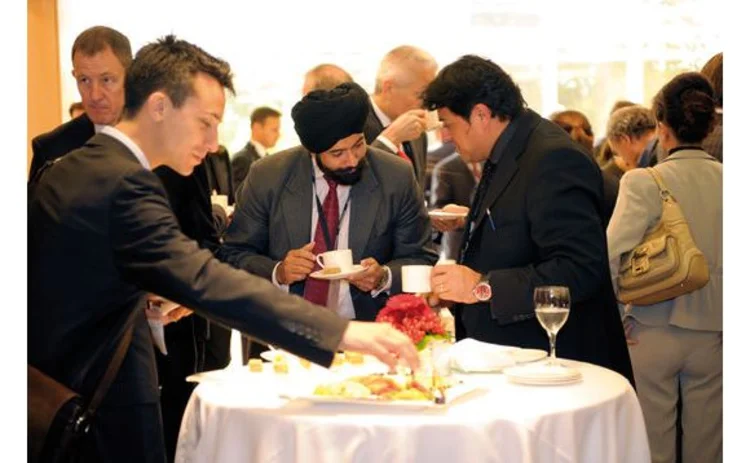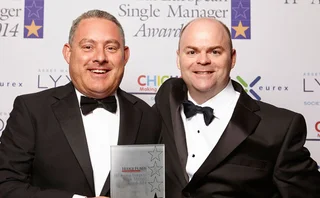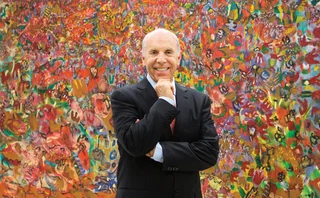
Defining a family office
“Any ex-UBS banker these days starting up their own shop is calling themselves a family office,” says Reyl Private Office director Pierre Condamin-Gerbier, discussing the question of the optimum structure for a family office.

Family office managers believe the line between what used to be an asset manager and what is technically a wealth manager has been blurred by the tendency for companies to use the umbrella term ‘family office’ to cover a multitude of services.
Bauknecht Capital president Gero Bauknecht says his single family office is now essentially an investment management company, designed to protect and manage the family’s wealth.
Condamin-Gerbier describes a family office as a platform that manages a family’s entire wealth.
“It really is finding a structure that applies a business and professional approach to very personal matters,” he says.
Fry Family Office director Jonathan Fry says there needs to be a clear agreement between the family and those providing a service to it. “I think in seeking to try and define what family office is it’s essentially a service and I think that it’s important that whoever is providing that service is remunerated by the family,” he says. “We’re a commercial organisation.”
He thinks clients need an “orchestra conductor” who understands, or can put them in touch with other people who understand, all the different parts of managing their investments and business affairs.
Steen Ehlern of Ferguson Partners Family Office points to the emergence of networks of families and multi-family offices, but questions whether there can be an optimal structure.
Stonehage’s family office executive head Andrew Rodger asks if a single family office structure could provide all the necessary services for a large “international family”.
Returning to Fry’s orchestra metaphor, Rodger says: “I think the role of the key advisor is still sustained in an onshore family but that person needs an enormous depth of knowledge to conduct the orchestra for an international family.” But he adds a note of caution. “If it works, don’t fix it.”
Condamin-Gerbier warns against ditching all of a family’s long-term advisors when a new generation takes over.
“I think you shouldn’t dismiss the old guy who’s done it for dad and granddad. I think you need to integrate this guy,” he says. Condamin-Gerbier points out that while new advisors might be able to help with modern, technical issues, the grey-haired trusted advisor is a crucial link with the past and the source of the family’s current wealth.
“You need to have a trusted person who’s capable with knowledge to manage the wealth on behalf of the family,” agrees Bauknecht.
Family offices say they are increasingly outsourcing some of their work where there is an area they are not qualified to advise on.
Rodger says distinguishing between advice given and the operational structure of the family office is “really critically important” in the current climate, but clients are ready to pay for experts.
However, all agree a family office does have some differences from a standard company.
Fry says there is a high degree of emotional engagement with family clients, while Condamin-Gerbier points out that this can lead to family members forgetting their director is not part of the family itself.
Bauknecht says recruiting and retaining staff is problematic. “You need professionals but can’t offer them a career,” he says.
When it comes to remuneration, Condamin-Gerbier thinks professionals need to be wary of conflicts of interest and the distance between advisor and client even within a single family office structure.
“Each family is a model on its own,” he says. “I really don’t think you can say that one system works best. I guess some models will work very well for some families and won’t work very well for others.”
Only users who have a paid subscription or are part of a corporate subscription are able to print or copy content.
To access these options, along with all other subscription benefits, please contact info@risk.net or view our subscription options here: http://subscriptions.risk.net/subscribe
You are currently unable to print this content. Please contact info@risk.net to find out more.
You are currently unable to copy this content. Please contact info@risk.net to find out more.
Copyright Infopro Digital Limited. All rights reserved.
You may share this content using our article tools. Printing this content is for the sole use of the Authorised User (named subscriber), as outlined in our terms and conditions - https://www.infopro-insight.com/terms-conditions/insight-subscriptions/
If you would like to purchase additional rights please email info@risk.net
Copyright Infopro Digital Limited. All rights reserved.
You may share this content using our article tools. Copying this content is for the sole use of the Authorised User (named subscriber), as outlined in our terms and conditions - https://www.infopro-insight.com/terms-conditions/insight-subscriptions/
If you would like to purchase additional rights please email info@risk.net
More on Investors
Asia Risk Congress 2017: Factor-based investing in emerging markets
Sponsored video: Premia Partners
Beta often is a "meaningless concept"
When correlation is low, hedge fund investors are "simply wrong" to use beta
Arden: AIFMD driving investors to alternative Ucits
Managers faced with a choice of how to operate funds going forward
USS IM cajoles hedge funds to behave better
Corporate governance initiatives gain traction with funds and investors
India steers offshore investors away from P-notes towards direct market access
Sebi tries to exert greater control over foreign investment by tightening rules governing P-note issuance and streamlining foreign investor approval process
Hedge funds play key role in Ontario Teachers’ Pension Plan
Seeing the bigger picture
Communicating portfolio risk intuitively and effectively
Visualising risk
Hedge funds can rescue pension fund industry, says Cern pension chief
Radical conservative







